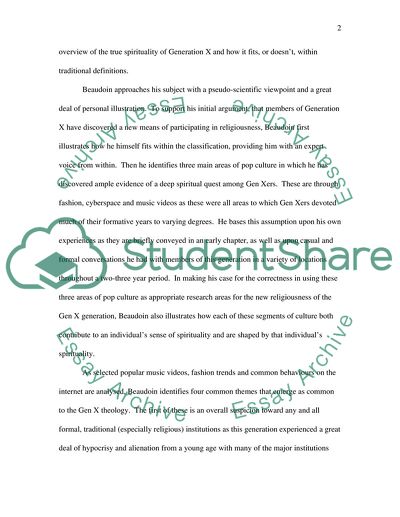Cite this document
(“Book Review: Tom Beaudoins Virtual Faith Essay Example | Topics and Well Written Essays - 2500 words”, n.d.)
Retrieved from https://studentshare.org/literature/1539413-book-review-tom-beaudoins-virtual-faith
Retrieved from https://studentshare.org/literature/1539413-book-review-tom-beaudoins-virtual-faith
(Book Review: Tom Beaudoins Virtual Faith Essay Example | Topics and Well Written Essays - 2500 Words)
https://studentshare.org/literature/1539413-book-review-tom-beaudoins-virtual-faith.
https://studentshare.org/literature/1539413-book-review-tom-beaudoins-virtual-faith.
“Book Review: Tom Beaudoins Virtual Faith Essay Example | Topics and Well Written Essays - 2500 Words”, n.d. https://studentshare.org/literature/1539413-book-review-tom-beaudoins-virtual-faith.


